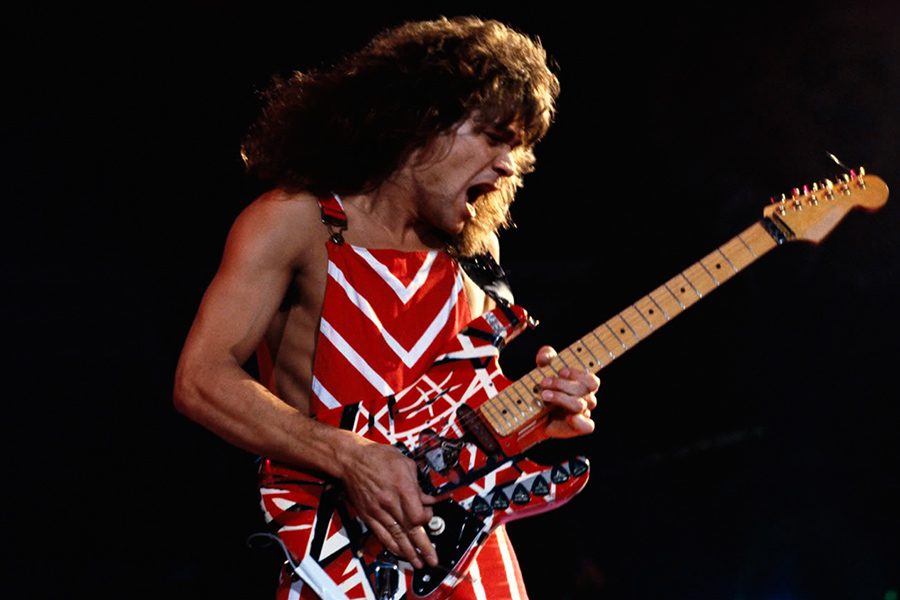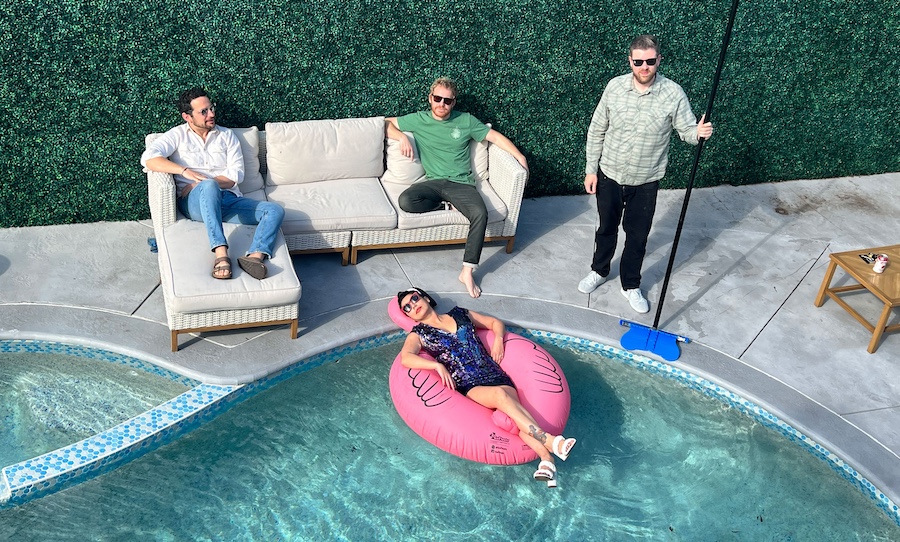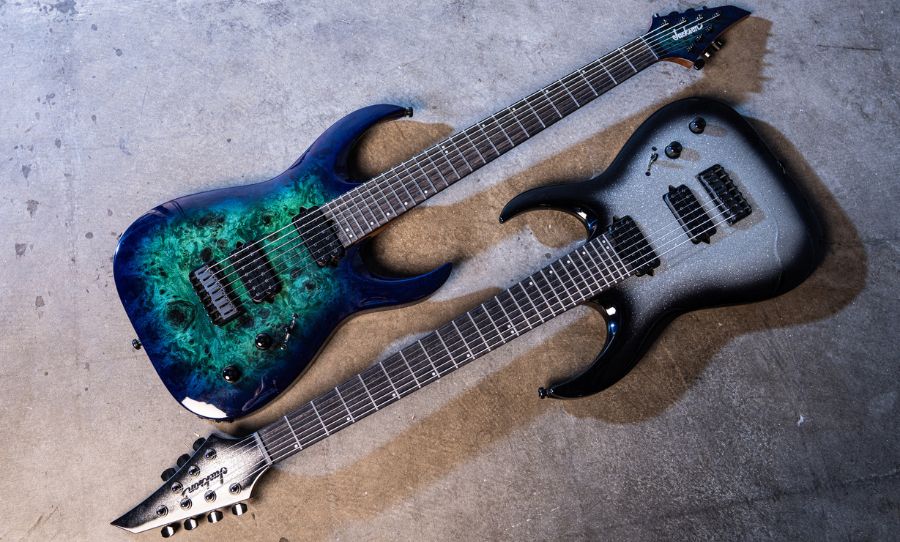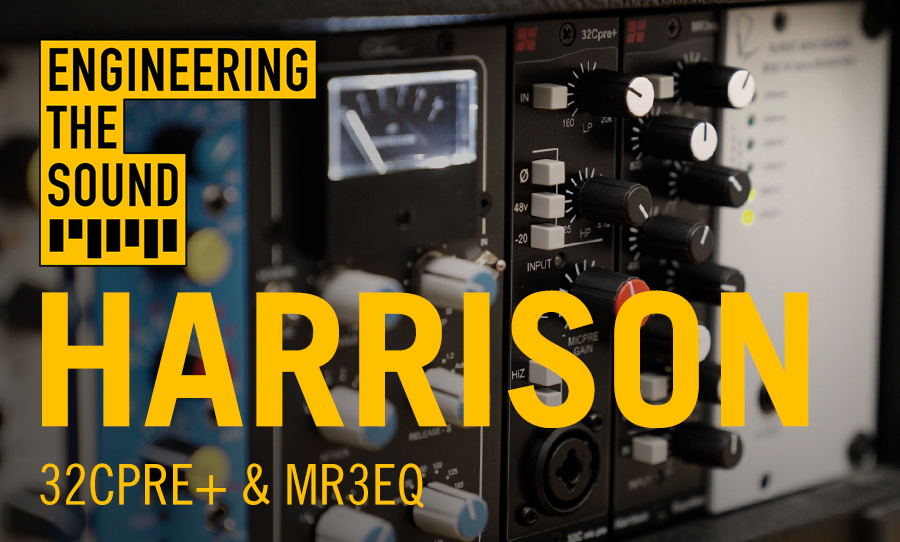Often key visual focal points, the ubiquitous guitars of popular culture carry close associations with the seminal riffs of those who wield them. While many a music fan might struggle to discern even the basic characteristics of a drum kit or synthesiser, few would fail at distinguishing the distinctive contours of a Rickenbacker guitar from a Stratocaster or Les Paul.
But as those who have looked to emulate their guitar-slinging heroes may know, not every model comes purchasable over the counter. In search of the rarest of them all, we came up with a list of nine one-of-a-kind instruments which defined the sounds and styles of rock.
If you can get through this list without busting out an air guitar solo, you’re superhuman. Behold the 9 most famous guitars of all time and the legends who tamed them.
Dave Gilmour’s #0001 Fender Stratocaster
While not the first Stratocaster ever produced, David Gilmour’s mysteriously labelled ‘0001’ cuts close. Thought to have originally been crafted by Leo Fender around 1954, its provenance and true origin remain unclear to this day. One view is that it is part of a pair of custom guitars built by Fender for his employees. One recipient, Seymour Duncan, didn’t feel overly attached. He would later sell the axe for a tidy sum of $900 to guitar technician Phil Taylor.
Sometime between 1976 and 1977, Taylor, looking to secure funds for a new home, requested a loan from Pink Floyd’s Dave Gilmour. The guitarist put forth his own proposition: The money upfront in exchange for the mystery Strat. Taylor reluctantly agreed.
Gilmour fell in love with the guitar. He would go on to flaunt his coveted prize in many video and live appearances. It would also be used to lay down rhythmic chops of Another Brick in the Wall (Part 2) and Paul McCartney’s So Glad to See You Here.
Jimmy Page’s Dragon Fender Telecaster
Few would question that it’s the signature visuals of sunburst Gibson Les Pauls and ludicrously double headed Gibson EDS 1275’s which draw the strongest associations with Led Zeppelin’s Jimmy Page. Yet it’s a humble Fender Telecaster which provided the bombast of Zeppelin’s heaviest material. Of dubious origin, Page inherited the customised guitar from Jeff Beck during the pair’s stint in the Yardbirds.
With the exception of Your Time Is Gonna Come the guitar maestro would dextrously employ his beloved Telecaster to create the monster riffs of Led Zeppelin I. It was also featured prominently on follow up Led Zeppelin II and provided the dramatic closing solo on Stairway to Heaven.
Unfortunately, an unsolicited paint job from a friend in the early 70s damaged the sound and the wiring of the instrument beyond repair, forcing Page to retire the guitar.
Kurt Cobain’s Fender Jag-Stang
Tired of oscillating between his Fender Jaguar and Mustang models, Kurt Cobain commissioned an amalgam of both. Not one given to going overboard with detail, the initial schematics Nirvana’s troubled frontman pitched to Fender comprised of cut outs from two Polaroid pictures spliced together. While Cobain was playing prototypes live in early 1994, it is said that he wasn’t entirely happy with the product. As a result, it was seldom used.
Despite any personal dissatisfaction, the custom job became closely associated with Cobain following his death in April 1994. Following the artist’s untimely demise, a revised version of the guitar became available to the public from 1995.
An original also found its way into the care of R.E.M.’s guitarist Peter Buck, who put some effort into mastering the instrument, resulting in its cameo in the group’s What’s the Frequency Kenneth? video clip. The instrument would also be used to record R.E.M. single Let Me In, a raw rocking grunge tribute to the late singer.
Bo Diddley’s Twang Machine Gretsch
Nobody could vamp a riff like Bo Diddley. With a homemade aesthetic throwing back to folk music past, Diddley’s custom-designs were crafted into a final product by Gretsch in 1958. While not the most aesthetically pleasing, various models of his angular guitar would enjoy a lengthy career carrying some of rock music’s most iconic one chord riffs.
Prince’s Cloud
Drawing inspiration from the unusual design of childhood friend André Cymone’s custom bass, Prince sought out a local Minneapolis luthier Dave Rusan to craft his striking new guitar. Christened ‘Cloud’, the sleekly sensual curvature of The Purple One’s new toy debuted on both the album, single and film titled Purple Rain.
So taken was Prince with his custom design, he would order another two. All three featured prominently in his live performances over the following decade. A distinctive yellow version was auctioned for over $137,000 dollars last June.
Eddie Van Halen’s Frankenstrat
Eddie Van Halen’s instrument of choice was birthed from the desire to recreate the sounds of a Gibson Les Paul from a body that possessed the feel of a Fender Stratocaster. Acquiring the necessary materials for $130, Van Halen set about handcrafting the guitar himself. Eddie’s virtuosic guitar lines and distinctive colour scheme cemented that the guitar’s popularity amongst fans.
While a number of imitations have been mass produced, the distinctive sonics of Van Halen’s guitar lines combined with the fruit of his inspired DIY handicraft remain second to none.
Gibson Les Paul’s Gibson Les Paul
Skewing towards the more technical and behind the scenes concerns, most guitar makers sit anonymously outside of the world of music. Les Paul is the shining exception. Not only was the Wisconsin-born shredsmith a composite jazz man and session musician he also recorded his own chart-topping hits for Capitol Records during the 40s and 50s. His experiments with multi-tracking, overdubbing and phasing captured the imaginations of the generation of guitarists that followed.
From 1940 onwards Paul would employ his own original creations. Pairing with Gibson, he pioneered a fat-toned and heavy sound and together they produced what are considered by many to be the unrivalled pinnacle of American guitar craft. With vintage models capable of selling for over $700,000, it begs the question: what would an axe from Les Paul’s personal collection fetch?
Jimi Hendrix’s Monterrey Stratocaster
Left-handed Jimi Hendrix’s quirk for playing a right-handed guitar upside-down was a defining feature of his sound. His guitars often featured a number of modifications, many of which capitalised on the easy access his idiosyncratic style offered to his whammy bar. While Hendrix would use a staggering number of guitars, the embellished Stratocaster he played during The Jimi Hendrix Experience’s set during the Monterrey Pop Festival in 1967 is one of the best remembered.
Returning to his native America hot on the heels of his UK success, Hendrix cemented stardom with his flashy playing style. Complimenting his inspired combination of rhythm and lead guitar riffs, he also wooed the crowd by playing with his teeth and behind his back. Hendrix closed the set by ceremoniously setting the guitar on fire.
Brian May’s Red Special
Brian May’s legendary guitar began life as a fireside mantelpiece. Built with the help of his father in 1963, the distinctive creation provided the majority of Queen’s majestic riffs. Its unique tone is attributable in part to a semi-acoustic body combined with the idiosyncratic placement of its electronic components. May still considers the product of his DIY invention in high regard; he uses the original to this day.




